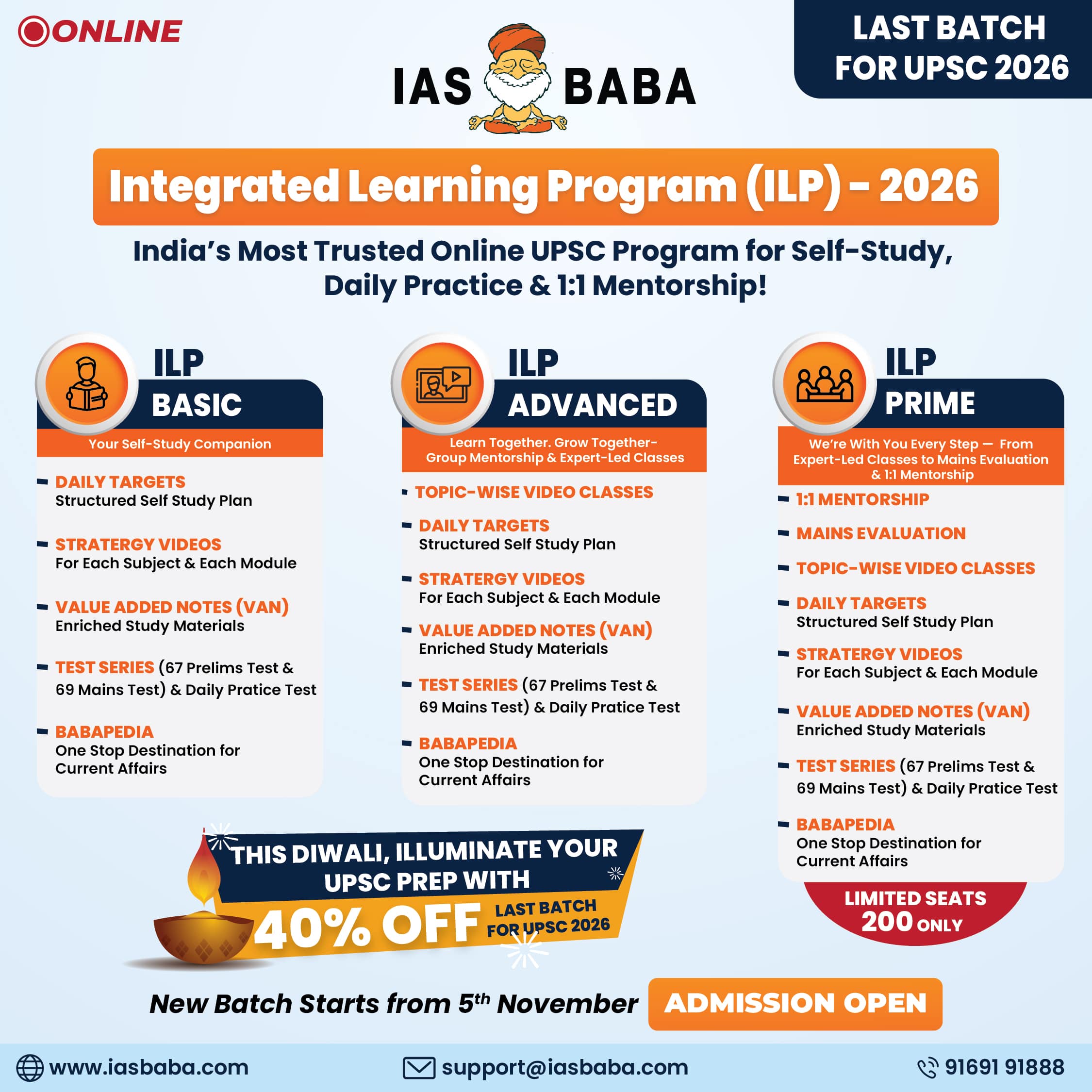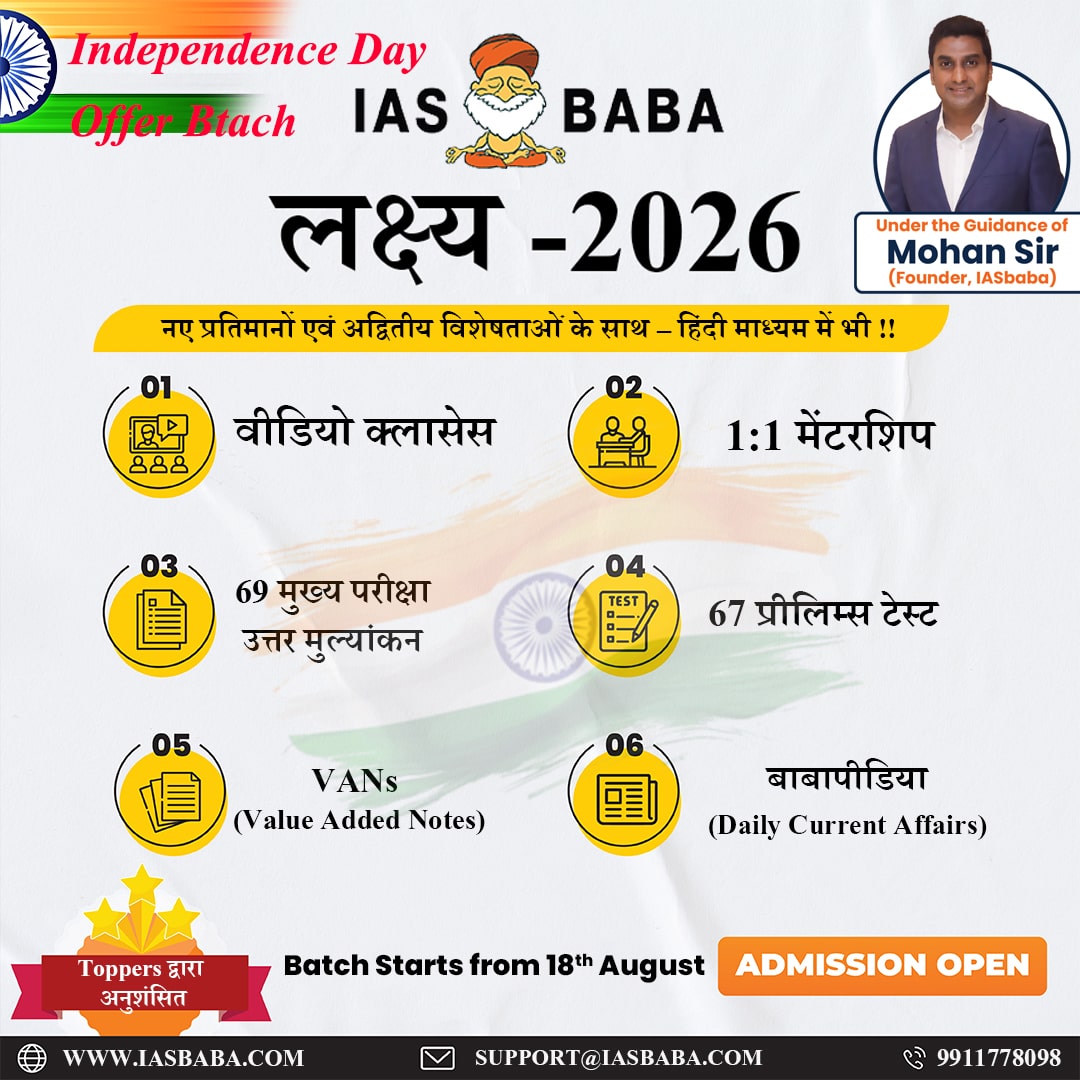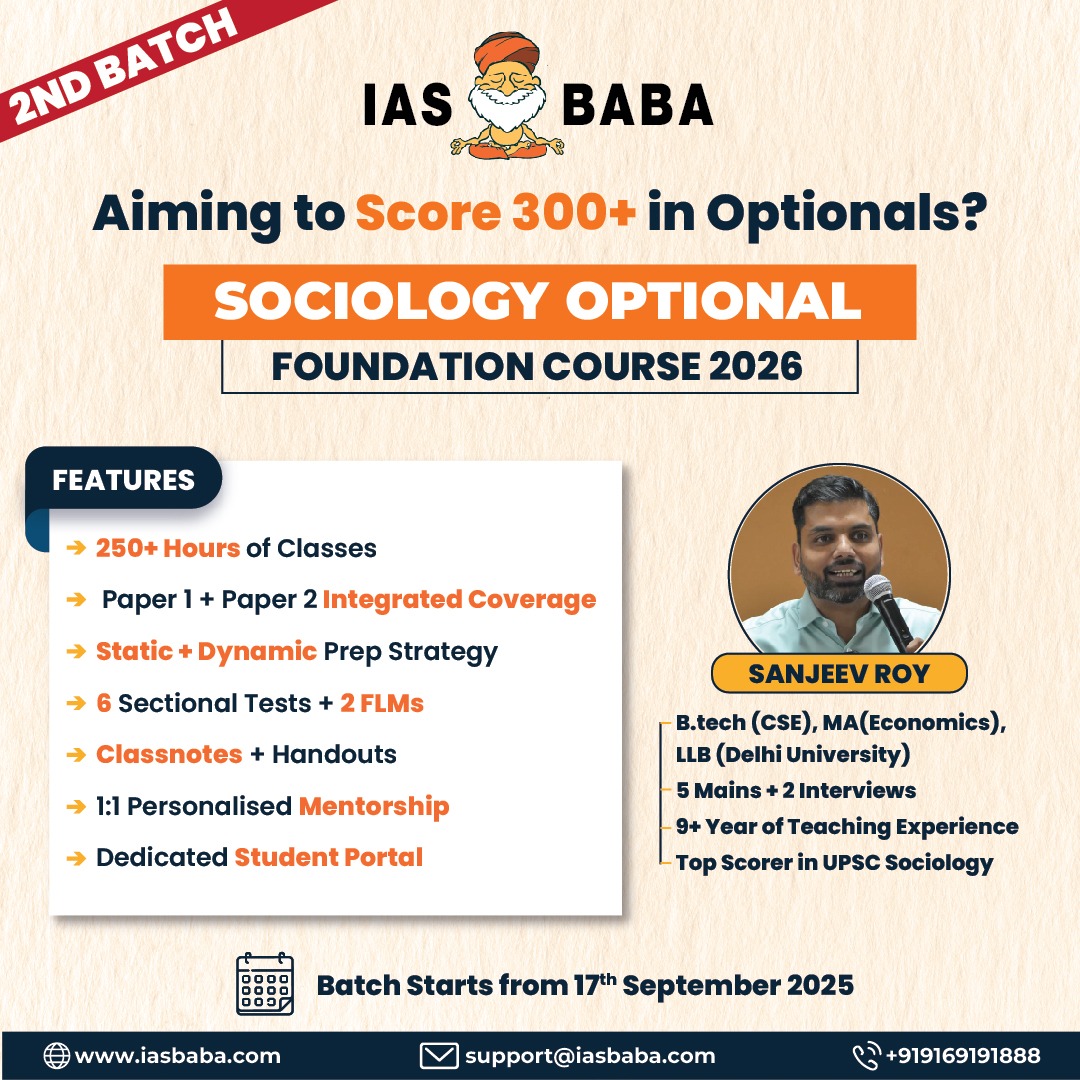Dear Students,
AWARE (Answer Writing Redefined) is a new initiative on how to Master the Art of Answer Writing for UPSC MAINS.
In this Series, Mohan Sir (Founder, IASbaba) discusses about the 7 Steps to Master the Art of Answer Writing.
Now that the foundation to Answer Writing is laid down –
10 Myths about Answer Writing, How to Start Answer Writing? & the 1st Principle of Answer Writing, the next step (3rd STEP) is to understand –
TOPIC: The 5 Unique Ways of Writing INTRODUCTION & CONCLUSION – How to Structure UPSC Mains Answer? – Part 1
Part 2 of STEP 3, which simplifies the Directives/Keywords will be published soon!
For the 1st STEP – 10 Myths about Answer Writing – > CLICK HERE
For the 2nd STEP – How to Approach/Begin & the 1st Principle of Answer Writing -> CLICK HERE
For, TLP+ Mains 2021 Test Series with Mentorship – New Batch starting from 24th May! -> CLICK HERE
For, TLP CONNECT 2021 (Prelims + Mains+ Interview) INTEGRATED Mentorship Based Programme -> CLICK HERE
To get Regular Updates from IASbaba, follow-
Also, SUBSCRIBE to the WEBSITE (on the right-hand side), so that you don’t miss out on important posts!
IASbaba













